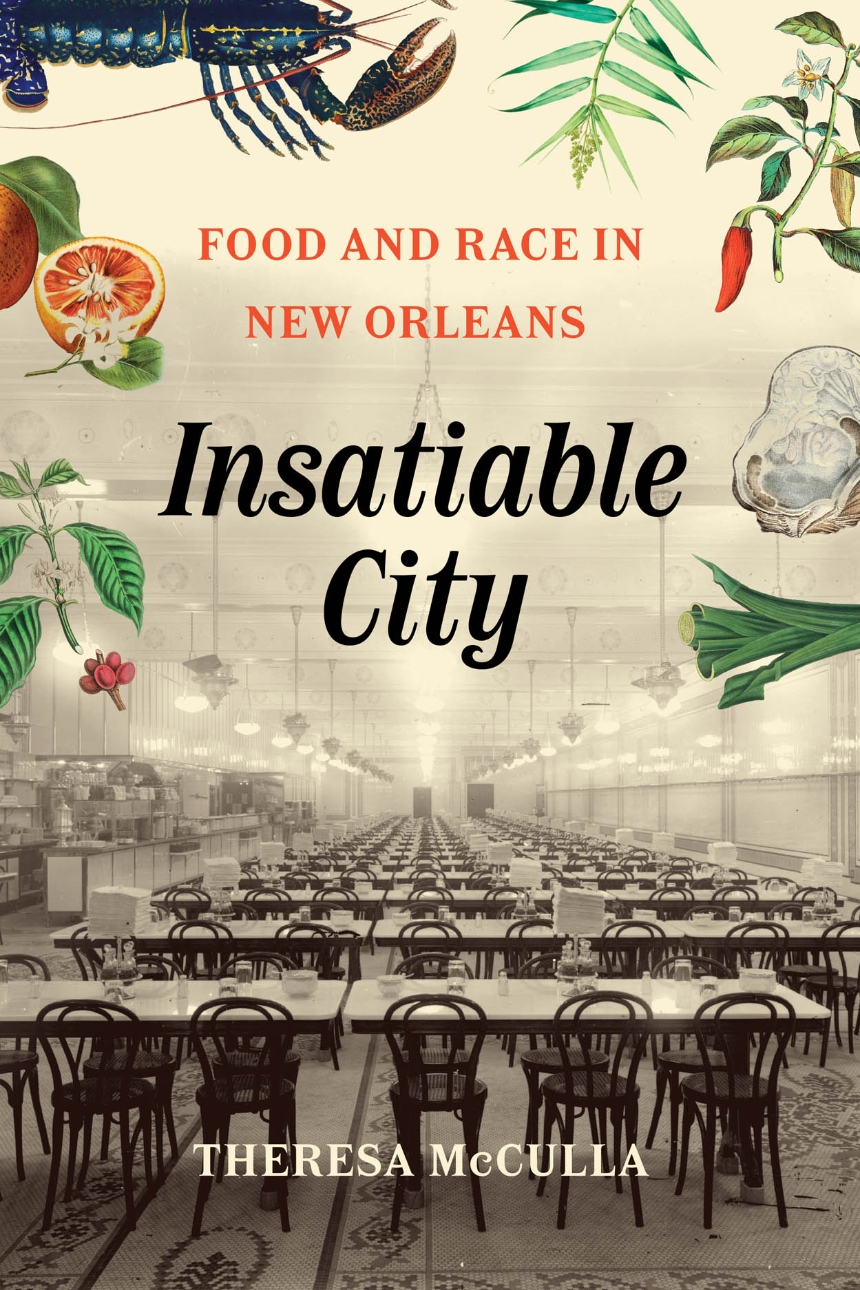In Insatiable City, Theresa McCulla probes the overt and covert ways that the production of food and the discourse about it both created and reinforced many
So here it is, August, that time for the abundance you’ve been working on all summer. But now what? What are you going to do
As we enter the holiday season, many of us are beginning to plan festive meals to share with our family and friends (virtual turkey-carving, anyone?).
Now that the dog days of summer are truly upon us, we hope you’re staying cool lakeside or under a shady umbrella with our summer
Looking for smart, engaging, and somewhat offbeat reading recommendations? Want to be a part of a community of readers who are curious and sharp? Want



